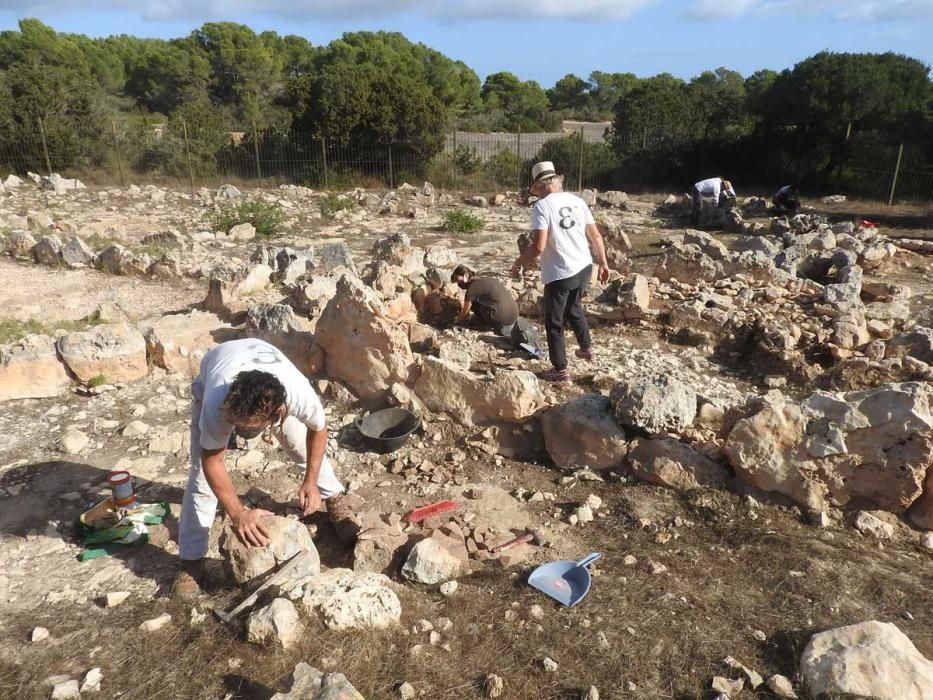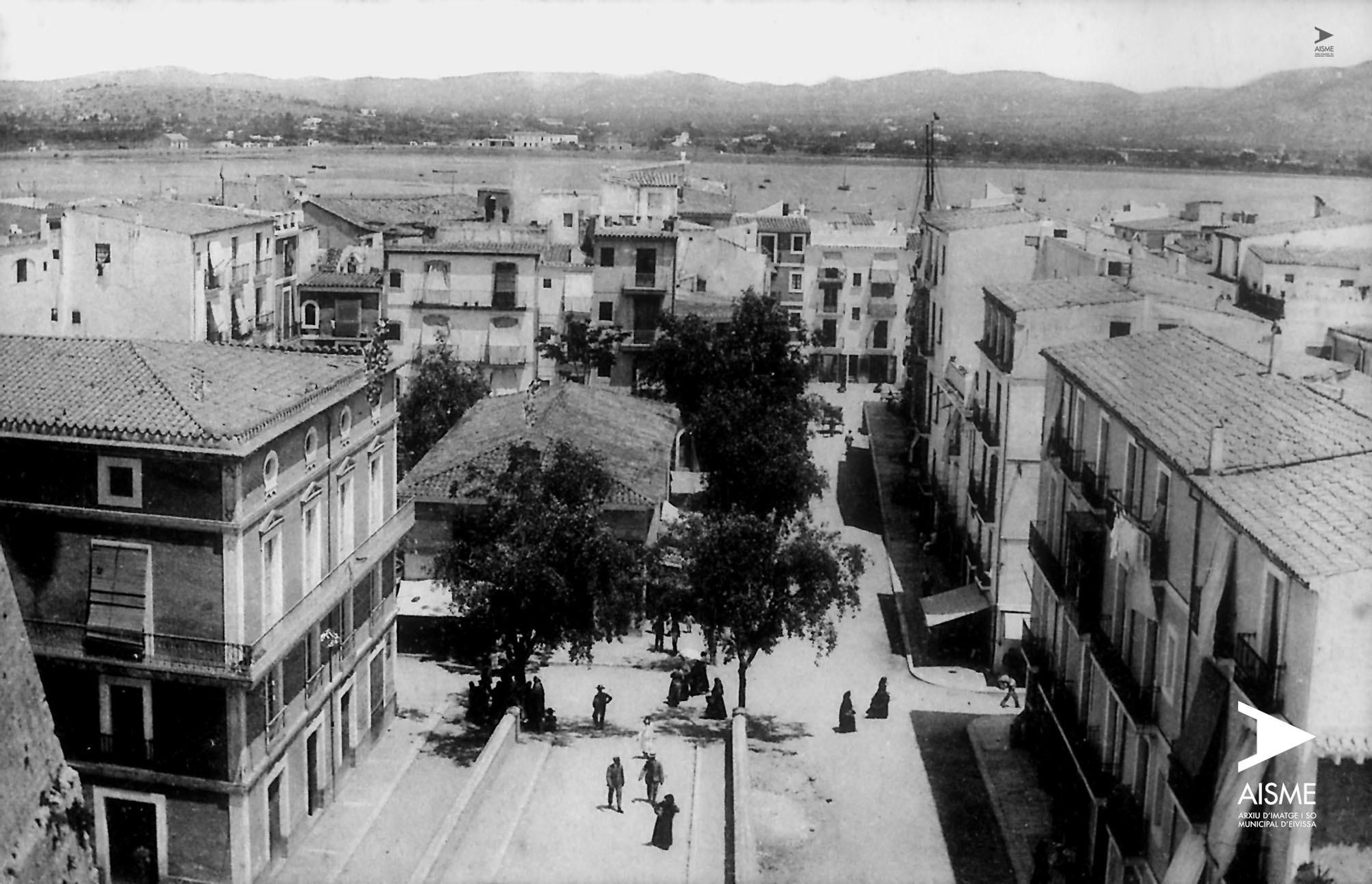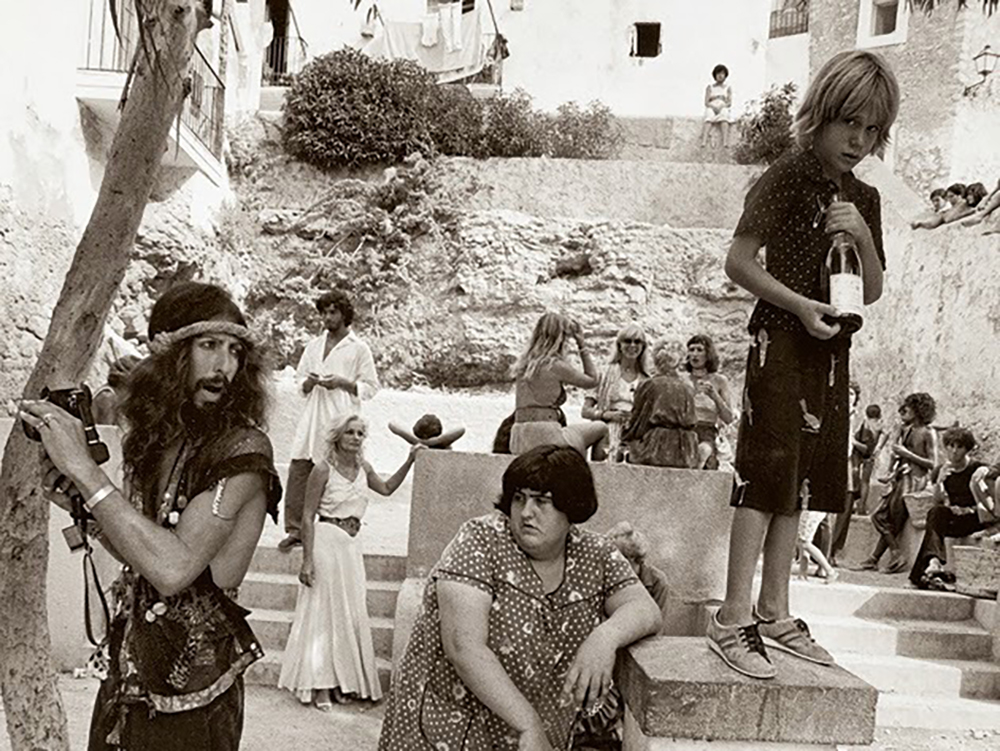
Formentera and its History: From Antiquity to Today
A look at the history of Formentera, from its earliest inhabitants to its rise to become the Mediterranean's most fashionable destination.
A small island with a big history
Formentera is known today for its beaches, its tranquility, and its unspoiled landscape. But the history of this island goes far beyond tourism. It's a story of resilience, isolation, and community. It's a story of centuries in which its inhabitants lived off the sea, the countryside, and whatever little a difficult but culturally fertile land offered.
The first settlers
Archaeological remains show that Formentera was inhabited since the Bronze AgeThere are deposits such as Ca na Costa, a megalithic complex that is still standing and is believed to be an ancient funerary monument, similar to the stone circles of northern Europe.
For centuries, the island was a temporary refuge for Phoenicians, Carthaginians, and Romans. Although it was never a major city, it was always present on the Mediterranean sea routes.

Prehistoric settlement of Es Cap II / CC
Medieval times and abandonment
During the Middle Ages, Formentera was frequently invaded by pirates. These constant attacks, combined with the scarcity of drinking water, left the island virtually uninhabited for several periods.
It wasn't until the 18th century that steady repopulation began. Coastal watchtowers were built, the countryside was divided into plots, and the population centers we know today were established.

Source: formentera.es
19th Century: Isolation and Self-Sufficiency
Until well into the 20th century, Formentera lived with its back to the world. There was no tourism, no fluid connection with the outside world. Families were self-sufficient: they farmed, fished, baked bread, and helped each other.
Farmhouses weren't just homes; they were complete survival systems. They cooked with firewood, stored rainwater, and raised animals. All with profound respect for the environment.

Image taken from the Plaça de la Constitució Rake and the Mercat Vell at the beginning of the 20th century. / Narcís Puget/AISME
The change: the 60s
The 1960s brought a quiet revolution. The first alternative travelers arrived: artists, hippies, adventurers. People seeking exactly what Formentera offered: beauty, tranquility, authenticity.
They didn't come looking for hotels or parties. They came looking for inspiration. Some stayed. Others returned every year. And little by little, unwittingly, they made the rest of the world start looking here.

Source: thebestibiza.com
Formentera today
The island has changed, of course. But much less than one might expect. Planning restrictions, environmental protection, and ecological awareness have prevented it from becoming a crowded destination.

Source: formentera.es
You can still walk along dirt roads, see centuries-old fig trees, and find almost empty beaches at dawn. And if you want to truly understand this history, it's best to do so at the island's pace.
For example, sailing. The boat rental in Formentera It allows you to discover its coast as ancient sailors did: skirting cliffs, entering coves, observing how the landscape has withstood the test of time.
An island that has managed to remain true to itself
Formentera has not forgotten its roots. It shows in its traditions, in its architecture, in the way its older inhabitants speak. The island's history is not found only in books or museums. It is in every stone in the fields, in every wooden pier, in every defense tower overlooking the sea.
And he continues writing every day, with those who arrive, with those who return, and with those who decide to stay.


